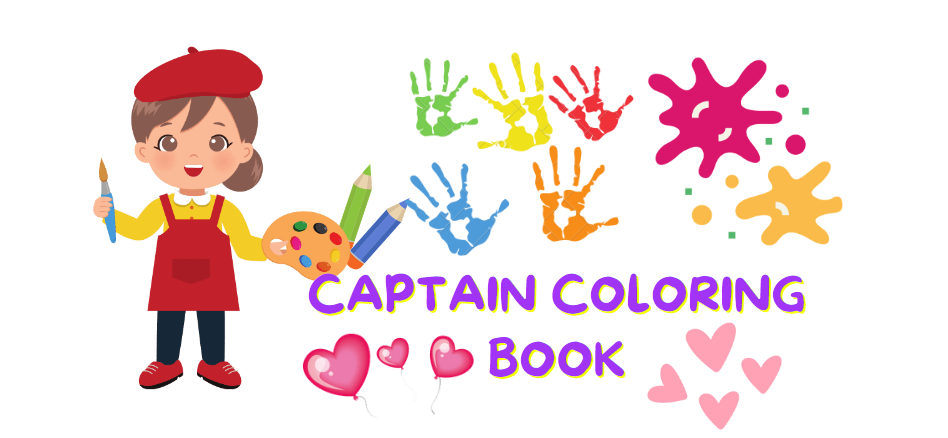Mathematics education for children with dyslexia can be
challenging, as dyslexia affects a child's ability to read, write, and spell
accurately. However, there are several strategies that can be used to support
these children in their mathematics education.
Use Visual Aids: Children with dyslexia often have
difficulty processing written information, but they may be able to understand
mathematical concepts through visual aids such as diagrams, charts, and graphs.
Teachers can use these aids to help explain mathematical concepts and make them
more accessible to these children.
Provide Extra Time: Dyslexia can make it difficult for
children to read and write quickly, so they may need extra time to complete
mathematical tasks. Teachers can give these children extra time to complete
their assignments and tests to ensure they have enough time to process the
information.
Use Multi-Sensory Approaches: Children with dyslexia often
benefit from multi-sensory approaches that engage multiple senses, such as
hearing, touch, and sight. Teachers can use manipulatives such as blocks,
number lines, and cubes to help these children understand mathematical concepts
in a hands-on way.
Teach Strategies: Children with dyslexia often need explicit
instruction on strategies to help them process written information. Teachers
can teach these children strategies such as underlining important information,
breaking down problems into smaller parts, and using graphic organizers to help
them understand mathematical concepts.
Overall, mathematics education for children with dyslexia should be tailored to their individual needs and abilities. Teachers can use a variety of strategies and approaches to support these children and help them succeed in their mathematical learning.





0 yorum :
Post a Comment